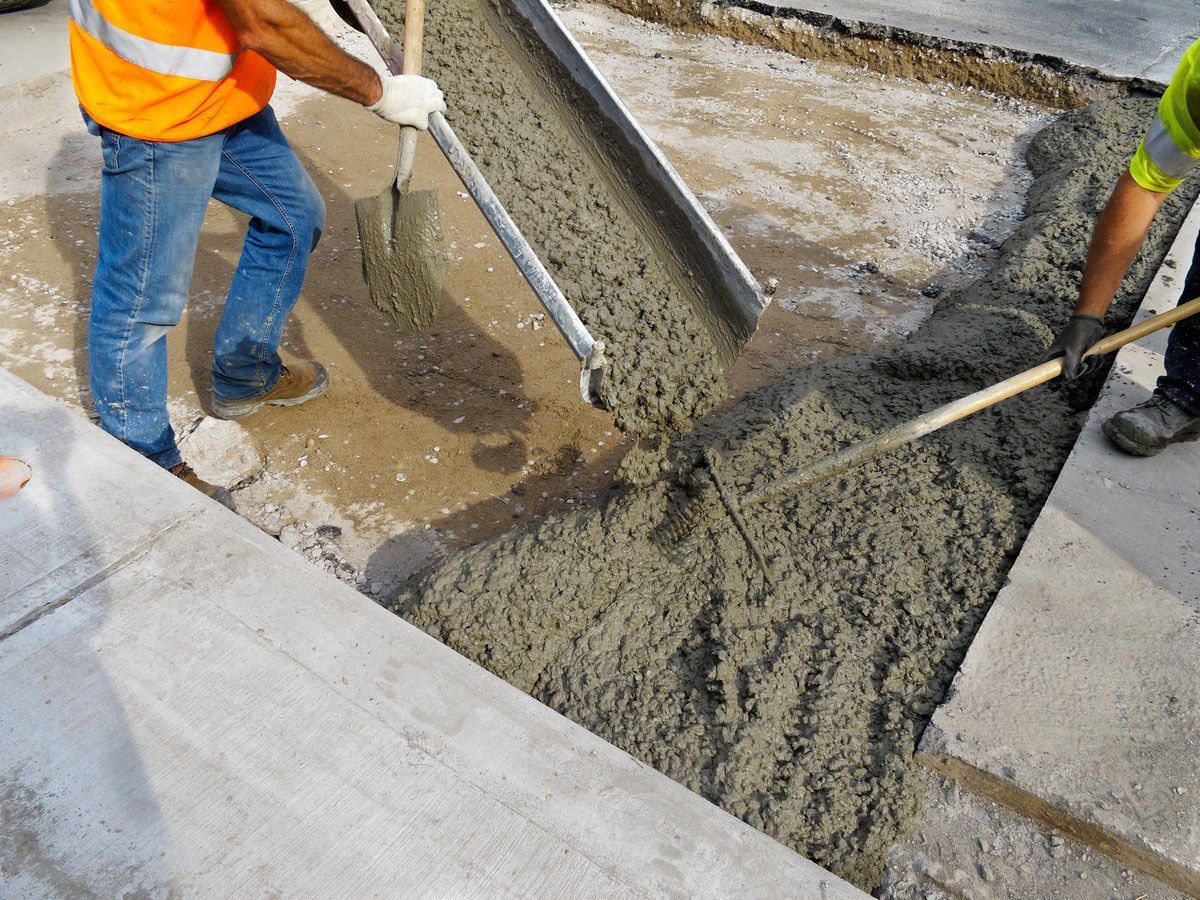November 3, 2025
Concrete companies form the backbone of modern construction, transforming architectural concepts into lasting, tangible structures. From foundations that anchor skyscrapers to the frameworks that shape homes and public spaces, their expertise ensures stability, safety, and aesthetic appeal. Beyond simply mixing materials, concrete professionals bring innovation, precision, and engineering excellence to every project. Their work bridges the gap between design and durability, turning blueprints into real-world results that stand strong for generations. As technology and sustainability reshape the construction industry, the role of a concrete company continues to evolve—proving that they're not just builders, but visionaries helping to define the skylines and communities of the future. This article explores how a concrete company plays an indispensable role in building the spaces where communities live, work, and dream.
Preparing the Groundwork
Ground preparation is a critical initial step in construction, laying the foundation for subsequent building activities. Ensuring the soil has the appropriate load-bearing capacity is essential before any concrete work begins. This involves testing soil composition and sometimes modifying it by adding sand or gravel to improve stability. Construction crews utilize earth-moving equipment to level the site, eliminating debris and plants that might interfere with the building process. A well-prepared ground is vital for preventing future structural issues such as foundation settling or cracking. Proper groundwork also enhances the longevity of the structure by providing a stable, even base that can withstand natural shifts and environmental pressures over time.
In addition to technical preparation, proper site assessment helps identify potential environmental concerns, such as drainage issues or soil erosion risks. Concrete companies often collaborate with engineers to analyze these factors and implement long-term solutions before construction begins. Modern surveying tools ensure precise grading and alignment for improved accuracy. This proactive approach not only minimizes construction delays but also enhances the overall safety and sustainability of the project. Such detailed site assessments reflect the growing importance of eco-conscious planning in today’s construction industry, where resilience and environmental impact go hand in hand.
Mixing the Perfect Concrete
The art of concrete mixing is as much a science as it is a skill. Concrete companies meticulously choose their ingredients—cement, water, sand, and aggregates—to achieve the correct mixture for specific job requirements. Variations in these components affect the durability, strength, and setting time of the concrete. Quality control is imperative in this process to ensure the final product meets structural needs. Consistency in mixing procedures helps in achieving the ideal concrete mix, minimizing the risk of compromised structural integrity later on. By maintaining strict quality standards, companies ensure that every batch of concrete performs reliably across diverse construction environments and applications.
Advancements in technology have transformed concrete mixing practices, enabling greater precision and efficiency. Automated batching systems and computerized controls allow for exact measurements of materials, ensuring uniform quality across projects. In some cases, additives such as plasticizers or fiber reinforcements are introduced to enhance flexibility, water resistance, or load-bearing capacity. These innovations allow a concrete company to meet increasingly complex architectural demands while promoting sustainability through optimized resource use and reduced waste.
Pouring and Curing Processes
Pouring involves transferring the mixed concrete to molds that define its final shape. The pouring must be smooth and uninterrupted to prevent air pockets, which can weaken the material. Once poured, the curing process begins, which involves keeping the concrete moist to prevent cracks from forming as it hardens. Traditionally, this involves covering the concrete with damp cloths or plastic sheeting to retain moisture. A well-controlled curing process ultimately enhances the durability and strength of the concrete, ensuring long-term stability. Consistent attention during pouring and curing ensures that each section of concrete bonds uniformly, reducing the potential for weak points or early deterioration.
Modern curing methods have evolved significantly to improve the consistency and quality of finished structures. Techniques such as steam curing, membrane curing compounds, and temperature monitoring help maintain optimal moisture and thermal conditions. These advanced methods ensure that concrete achieves its desired strength and durability by minimizing cracks and preventing premature drying. Additionally, modern curing practices allow for greater control in various environmental conditions, enabling construction projects to meet tighter schedules without sacrificing structural integrity. With these improvements, concrete companies can achieve stronger, longer-lasting results even in challenging climates or large-scale developments.
Ensuring Structural Integrity
Structural integrity refers to a building's ability to withstand both anticipated and unexpected loads. Concrete companies embed steel rebar reinforcements into foundations, as these significantly bolster structural strength and flexibility. According to HomeGuide, the average home foundation is six inches thick, with steel rebar reinforcements, vapor barriers, and foam insulation to enhance endurance. Engineers work closely with concrete companies to design reinforcement structures that address potential stress points in buildings. Ensuring integrity is crucial for safety, especially in areas prone to seismic activity or harsh weather conditions. Proper reinforcement not only improves strength but also increases a building’s resilience to shifting ground or environmental wear over decades of use.
In addition to reinforcement techniques, ongoing inspection and testing play a critical role in maintaining structural soundness. Concrete companies often perform compression tests and load assessments to verify that materials meet regulatory and safety standards. Innovations such as fiber-reinforced concrete and high-performance blends have further strengthened structural reliability, extending the lifespan of buildings and infrastructure. By combining traditional craftsmanship with advanced engineering, a concrete company ensures that every structure not only meets but exceeds modern performance expectations.
Prioritizing Safety and Risk Management
A concrete company plays a critical role in ensuring the safety of construction sites and finished structures. From strict adherence to building codes to comprehensive site safety protocols, they minimize risks to workers and the public. Regular inspections, proper handling of heavy machinery, and rigorous training programs help prevent accidents and ensure that construction processes meet the highest safety standards. Additionally, safety plans often include emergency response procedures, hazard assessments, and the use of personal protective equipment, further reducing the likelihood of injury on-site.
Additionally, a concrete company implements risk mitigation strategies in its materials and designs. Reinforced foundations and precise load calculations help structures withstand environmental stresses and long-term wear. By combining safety-conscious planning with innovative construction techniques, concrete companies protect both lives and investments while enhancing overall project reliability and longevity. Moreover, a strong safety culture extends beyond the construction phase. Post-construction inspections and maintenance recommendations help ensure that buildings remain secure over time. By prioritizing risk management at every stage—from planning to completion—concrete companies demonstrate a commitment to sustainability, durability, and public trust.
Concrete companies are far more than suppliers of a building material—they are the driving force behind durable infrastructure and sustainable growth. Through their dedication to quality craftsmanship, innovative technologies, and community development, they help shape environments that stand the test of time. Their contributions reach far beyond individual projects, strengthening economies, enhancing safety, and enriching the everyday lives of people who depend on the structures they build. As advancements in materials science and green construction continue to emerge, a concrete company is leading the charge toward a more efficient and environmentally conscious future. In many ways, they don’t just build with concrete—they build the foundations of progress, resilience, and possibility for generations to come. From residential foundations to large-scale commercial developments, their expertise ensures precision and reliability in every pour. Reach out to Cox Concrete & Excavation to learn more about our role in your services!






